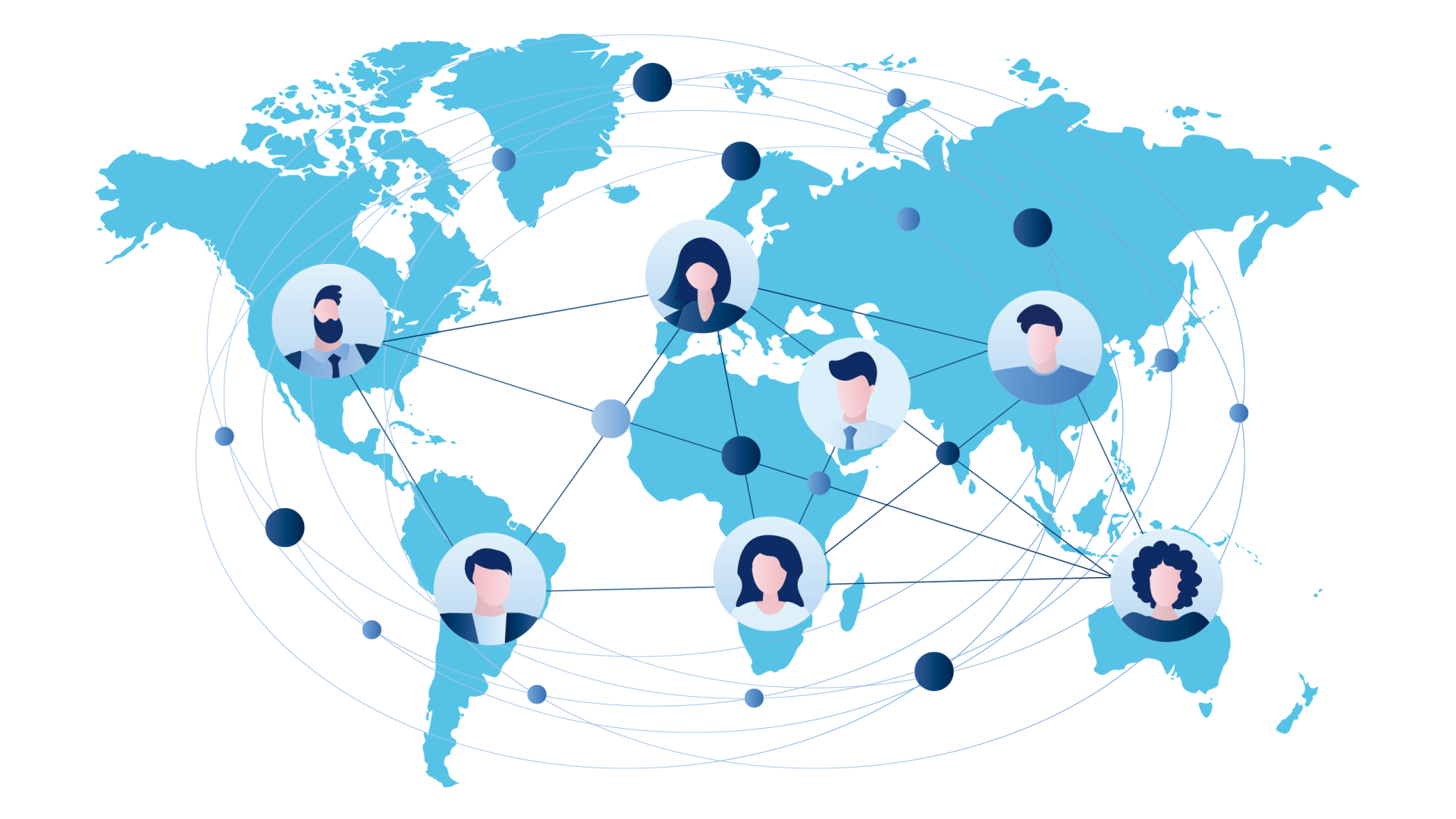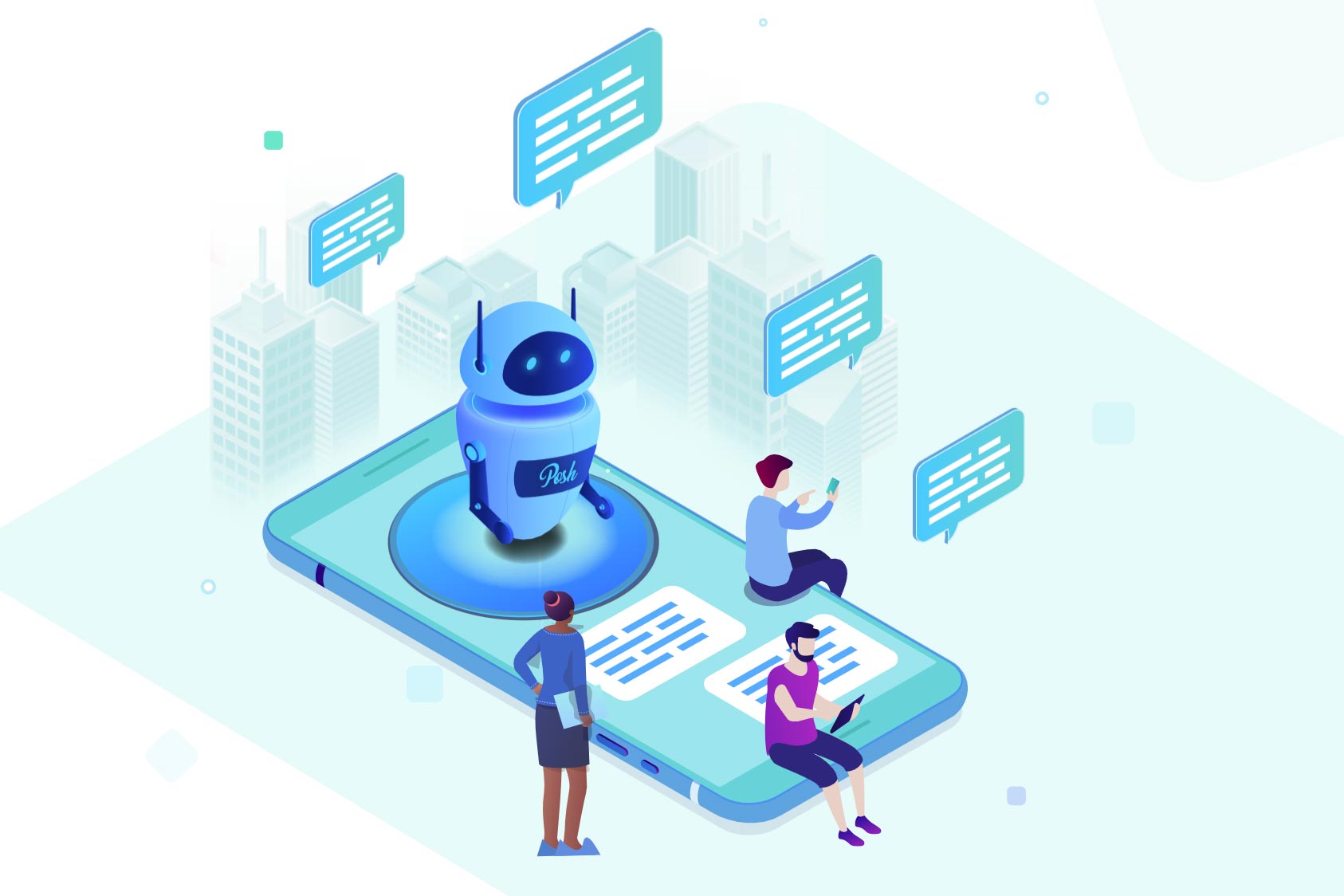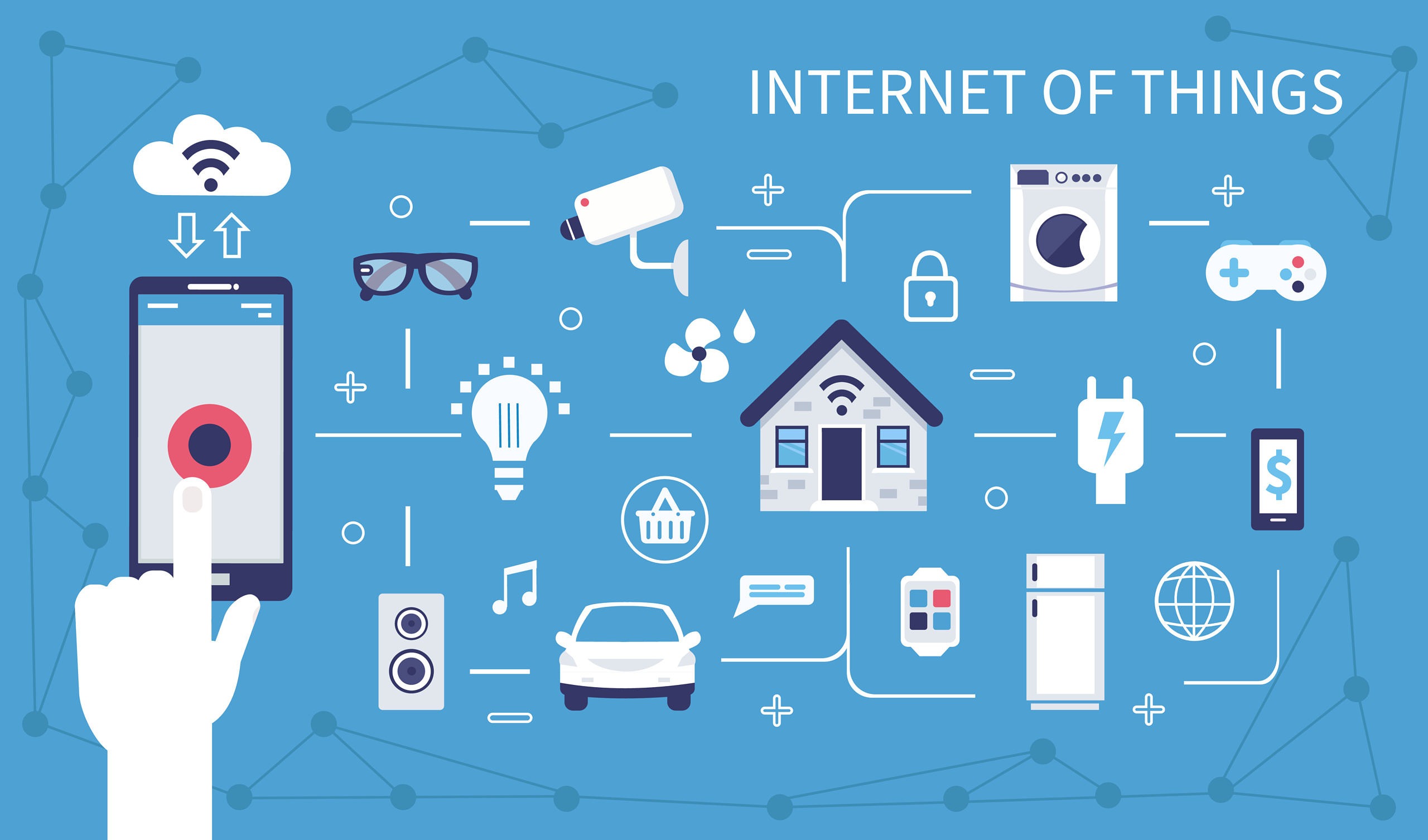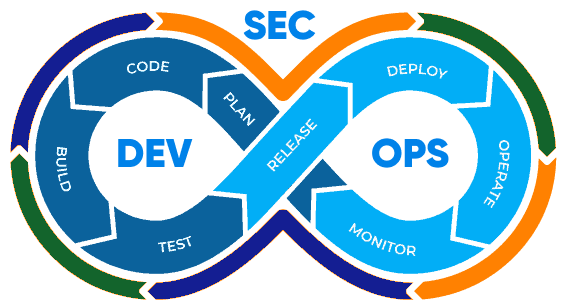
Some of the emerging trends in software engineering affect only IT companies and the way they operate, while others will completely change the lives of millions of people. The labor market has to adapt to these changes to keep up with the times. To help your business stay in the vanguard and take advantage of the new changes, we’ve gathered top trends in software development that might affect the way you recruit, hire, and manage your team.
How do software development trends affect the tech talents hiring?
- A lack of talents causes changes in the IT sector. To retain senior specialists, you have to give your top experts the most interesting projects, the best compensation programs, and as much freedom as possible. But these are not the only retention methods.
- The development of new technologies affects the recruiting processes. Repeated tasks are fully automatized thanks to applicant tracking systems and AI chatbots speak to candidates instead of recruiters.
- Software trends form a demand for new specialists. Who will your business need next – a cybersecurity expert, a Web3 developer, or a SCRUM master? Keep on reading to find out.
What you can do to deal with the tech talent shortage?

Technology reports by Deloitte, Gartner, and other analytical companies state that the shortage of developers and other tech specialists will only grow in the years to come.
According to one Korn Ferry report, in less than a decade, there will be 85+ million jobs unfilled because of the lack of skilled specialists. This talent gap might lead to $8.5 trillion of unreceived annual income.
There are some ways in which top enterprises deal with the lack of experts. Check them out and adopt the best practices for the good of your business.
Become better
Although there has been some stagnation in demand for junior developers due to the geopolitical instability and the resulting economical downfall, the demand for highly skilled senior developers continues to grow. And as these are the pickiest talents on the market, you have to adapt to meet their needs.
- Give more to get more. To get the desired high-level specialists, the companies should promise more than high incomes. Ten years ago, gifts, parties, medical insurance, conferences, and sports activities compensation were extra perks that only top specialists would get. Today giving more is the new normal. If you want to hunt and preserve the top experts, be generous.
- Recruitment marketing has never been that important! Top-level developers want to work on meaningful projects and in the companies with the best reputation. Pay attention to your HR brand and the company’s image.
- Remote hiring and remote work that used to be a bonus back in 2019 are already a must. If you don’t give your technology talent the possibility to work remotely, the chances are, they will refuse your job offer.
- Inclusivity, equality, morality. Generation Z cares about these things and they thoroughly check the comments from the company’s previous employees before they accept a job offer. Saying that you’re inclusive, transparent, and eco-friendly is not enough anymore – you will have to be like it to stay likable.
Get access to the global pool of talents

While there is a talent shortage in some regions, there might be a surplus of highly skilled people in others. The easiest way to access the global market of tech talents is by considering outsourcing and outstaffing business practices.
Development in Eastern Europe or India was popular even before the pandemic. However, the Covid era and the following geopolitical instabilities have made outsourcing and outstaffing essential business practices. Be sure to try them out if your business requires talents you can’t find locally or if developers’ fees in your region are too high.
Embrace the soft skills of your technical experts
The importance of soft skills for programmers became obvious just recently. Back in the 90s’, programmers used to be reclusive weirdos who worked independently, without anyone’s help. Today, if you want to create something big, you must work in a team. That is why when hiring tech talent, recruiters should pay attention both to the professional skills of tech candidates and their ability to be a part of a team and communicate with co-workers.
The right cultural fit becomes crucial for long and efficient cooperation, so be sure to hire people who share your business’ values.
Educate your staff
If the educational system doesn’t cooperate tightly with the industries and doesn’t provide much-needed experts, the industries have to take matters into their own hands and train personnel by themselves. Big enterprises and R&D centers already do so by creating their own educational institutions and searching for tech talents among college and even high-school students.
Smaller companies and startups join the trend by creating an atmosphere of constant learning in their teams. They also track trends in application development to nurture their talents and provide them with free training on new technologies and practices.
“Constant learning—driven by both workers and organizations—will be central to the future of work, extending far beyond the traditional definition of learning and development,” – says Jean-Marc Laouchez, president of the Korn Ferry Institute.
See if your business can benefit from low-code and no-code platforms
Yet another result of the ever-high demand for skilled developers is the growing popularity of the low-code and no-code platforms. Low-code platforms automatize part of the repetitive tasks like code validation or code builds, sparing more time for the developers. WordPress and Squarespace are the most popular low-code platforms. No-code development platforms allow users with no programming experience to create applications without a single line of code.
Low-code and no-code platforms will gain even more popularity among IT businesses and developers and might become a critical step forward in dealing with the talent gap.
How technologies can improve your recruiting processes?
Recruiters and HR managers start using artificial intelligence and other technologies for their work too. With their help, recruiters can automate resume scanning, searching for candidates, and other hiring processes.
If your business has an in-house recruiting and HR department, you can make their work more efficient by adopting the following recent trends in software engineering.
Artificial intelligence and AI chatbots

A great part of recruiting processes can be automated with the help of Applicant tracking systems. They are already widely used by large enterprises and tech giants who have hundreds of new position openings a year. Applicant tracking systems add objectivity to the hiring process and help recruiters remove irrelevant applications from the pool of candidates.
Another talent technology based on AI practices is a chatbot. Chatbots are highly efficient for tech giants with thousands of applications a year and for smaller companies that don’t have large HR and recruiting departments. They help improve candidates’ experience with your company and enhance the brand’s image.
Targeted ads
Today, tech companies use every tool to find the tech talent they need. For example, they target recruitment ads for highly skilled candidates. With targeted ads, headhunters can reach a much wider pool of experts, including those who don’t actively look for new job opportunities.
According to the law in some states, you cannot target your job ads to an audience of a particular gender or age. This might be taken as a law-breaking selectivity.
Software development trends 2022 that will affect your choice of tech talents
Some emerging software trends threaten to crush the essence of things and completely change the development processes and the way we use apps and the internet. The new technologies develop swiftly and your tech business has to be ready to take advantage of these changes.
Web3.0 – the new era of the internet

Web3.0 is a concept of massive foundational shifts that might impact society as dramatically as the internet itself has. It was first described in 2014 and became a buzzword in 2022 thanks to the blockchain technologies development, however, no one can actually predict how it will affect our lives.
According to some research, the global market of Web3 might reach more than 81 billion dollars in seven years. The demand for blockchain technology is expected to grow, making it one of the top software development trends.
Some spheres have already started to evolve and create apps according to Web3.0 principles. If you have a business in gaming, dating, banking, or logistics, today might be the high time to hire developers familiar with blockchain technology and create Web3 social networks for your users.
Internet of Things

Statista predicts that in 2030 there will be 29 billion IoT devices in the world compared to 9.7 billion in 2020. IoT devices are used in medicine, retail, and even logistics. They are home devices like ovens, fridges and washing machines, fitness bands, wearables and sensors for patients to track their health condition at home, and even chips for tracking batches of goods.
Among many other changes that IoT will bring to the business is that IoT devices affect the way data is tracked and collected. IoT devices by themselves are a new source of data that helps get real-time updates about people’s behavior.
All this means that in the years to come, there will be a rising demand for software targeting IoT devices.
Cloud-native computing
According to Gartner predictions, by 2025, almost 95% of new workloads will be cloud-based and deployed on cloud-native platforms. There were only 30% of such workloads in 2021. If you haven’t migrated your business infrastructure to some of the cloud platforms yet, now is the high time to do so.
DevSecOps – one decision for security and compliances

Security stays a top priority among business owners. For that reason, software companies’ executives try to protect their development environment in every way they can. One of the current trends in software development that helps IT businesses secure their development at every stage of their lifecycle is the DevSecOps operational approach. It automates key security tasks and emphasizes security control in DevOps workflow.
DevSecOps creates a single platform for your development, security, and operational teams where they can collaborate effectively and where every component of the stack is compliant with the security needs. Easier for the team, better for the business!
Popular languages of the future: Python and JavaScript
Python and JavaScript are in top-5 programming languages in all categories.
- They grow and develop constantly.
- They are quite popular among developers.
- They are easy to learn and work with.
- They are in high demand among IT companies.
With these software developer technologies, programmers can create apps, provide web solutions, and service large enterprise projects. If your developers already work with these languages, invest in the growth and retention of your talents.
Summing up
Hiring and managing a team of tech talents has never been as challenging as in 2022. Of course, some technologies like AI chatbots can facilitate part of the HR processes, but they mostly work for large enterprises and recruiting agencies.
If you’re a small business or a startup that wants to keep up with the software technology trends, think of engaging an outstaffing company that will take care of your talents – from the moment you hire them, through the management, and up to the moment that your project is ready.
